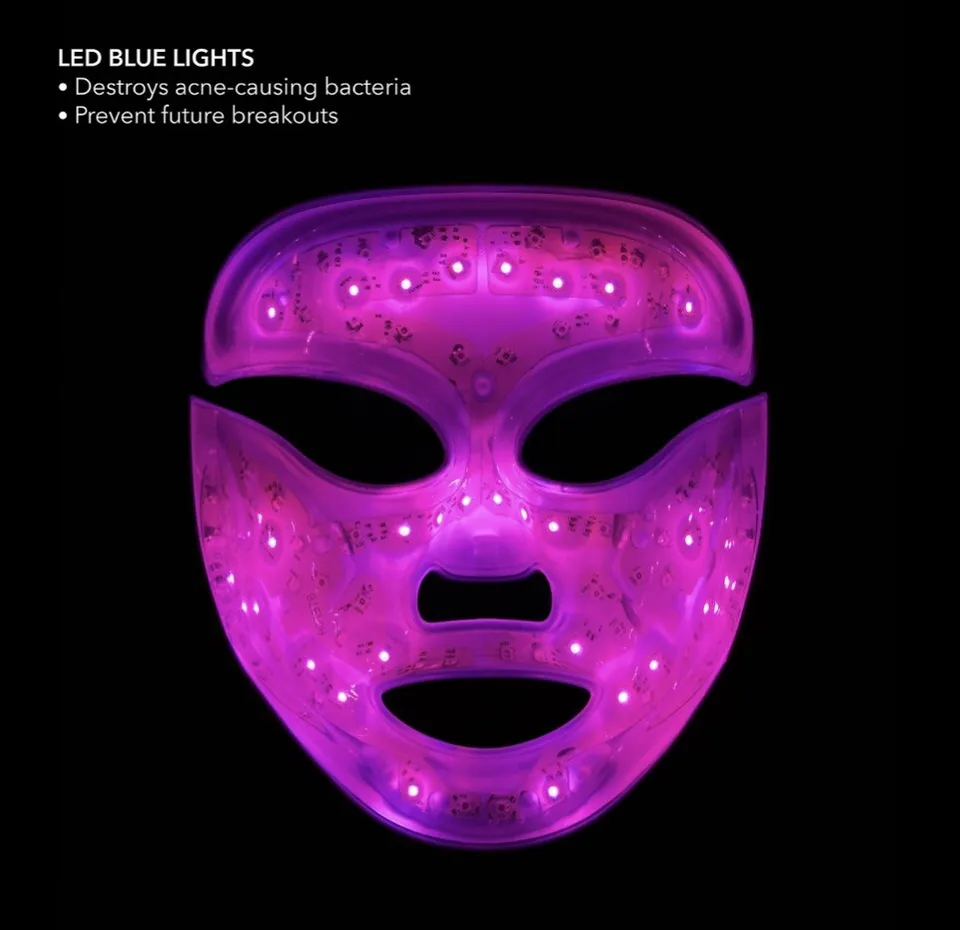Ticks are considered arthropods and belong to the same family as spiders and mites, Ixodes. They have two body segments, 8 legs in the adult form and do not have wings or antennae. They have 4 life stages including: egg, 6 legged larvae, 8 legged nymph, and 8 legged adult. The larvae, nymph and adult stages can all carry and transmit infection. The life cycle of a tick is about two years barring the effects of global warming which may elongate their life cycle. Different ticks are maximally active at different times of the year, a convenient natural way of minimizing competition for host attachment. In general, May through August black-legged ticks and Lone Star ticks are active, and April through May, dog ticks are active. All of these species are potential carriers of the Borrelia bacteria.
The various ticks known to cause disease include Ixodes scapularis (deer tick) generally found in the northeast and upper Midwest and can carry Borrelia, Babesia, Anaplasma, Ehrlichia, Powassan Encephalitis, tick paralysis, Tularemia, Bartonella and Mycoplasma infections.
Ixodes pacificus is generally found on the West Coast and is known to carry all of the above mentioned tick-borne diseases.
Amblyomma americanum (lone star) is found throughout the United States and is generally known to transmit Ehrlichia, STARI (southern tick associated rash illness), Tularemia, tick paralysis, Rocky Mountain Spotted Fever and Q fever. Dermacentor variabilis (American dog tick) is found throughout the United States and is known to transmit tick paralysis, Rocky Mountain Spotted Fever, Tularemia, and Ehrlichia.
Dermacentor andersoni (wood tick) is found in the rocky mountain states and southwest Canada. This tick looks very similar to the American dog tick, and is known to transmit Rocky Mountain Spotted Fever, Tularemia, Colorado Tick Fever, Tick paralysis, and Q fever.

However, it should be noted that at this time (2011), migratory birds have been documented to carry these ticks and therefore geographic specificity of ticks is becoming less and less accurate.
There are about 850 known species of ticks worldwide and roughly 100 species are known to transmit disease. Parasitologists estimate that ticks evolved originally as feeding on amphibians and over evolutionary time, adapted to mammalian biology. Spirochetes (the bacteria that causes Lyme Disease) reside in the gut of the tick, and upon attachment to a host for a blood meal, the tick regurgitates the bacteria and deposits them into the hosts blood. This is the initial infection site, and may be the site of a “Bullseye Rash”.
Ticks rarely move more than three feet above the ground and cannot jump or fly. However, they can attach to birds, mice, deer, chipmunks, skunks, rabbits, humans and many other animals and this is precisely the way that infection spreads across states, countries and continents. Believe it or not, they have also been detected in the sea.
Ticks thrive in humidity and live in areas close to their potential hosts (i.e., leaf litter, ends of grass, attached to animals) and respond to exhaled carbon dioxide and body heat. They use chemosensors to actually locate a host. They attach to a host by a “stinger” and release an anesthetic compound to prevent the host from feeling the bite. As the tick feeds, a cement-like substance is secreted from the saliva to enhance its capacity to adhere to the skin and extract a blood meal. Ticks also secrete a substance at the site of attachment which functions as an “anesthetic” and allows their presence to go rather unnoticed by the host.
There are various opinions regarding the length of time that a tick can be attached in order for disease to be transmitted. However, Dr. Charles Ray Jones, a world leading authority on tick-borne illness in children with 50 years of clinical experience, feels that as few as 15 minutes of tick attachment is long enough for spirochetes to enter the hosts’ bloodstream. However, continued research in this area is necessary for proper documentation. Nonetheless, common sense suggests that other blood vectors need only to attach for a matter of minutes (i.e., mosquitoes, stinging flies, fleas, mites) to deposit their “venom” so the same should apply to ticks.











































